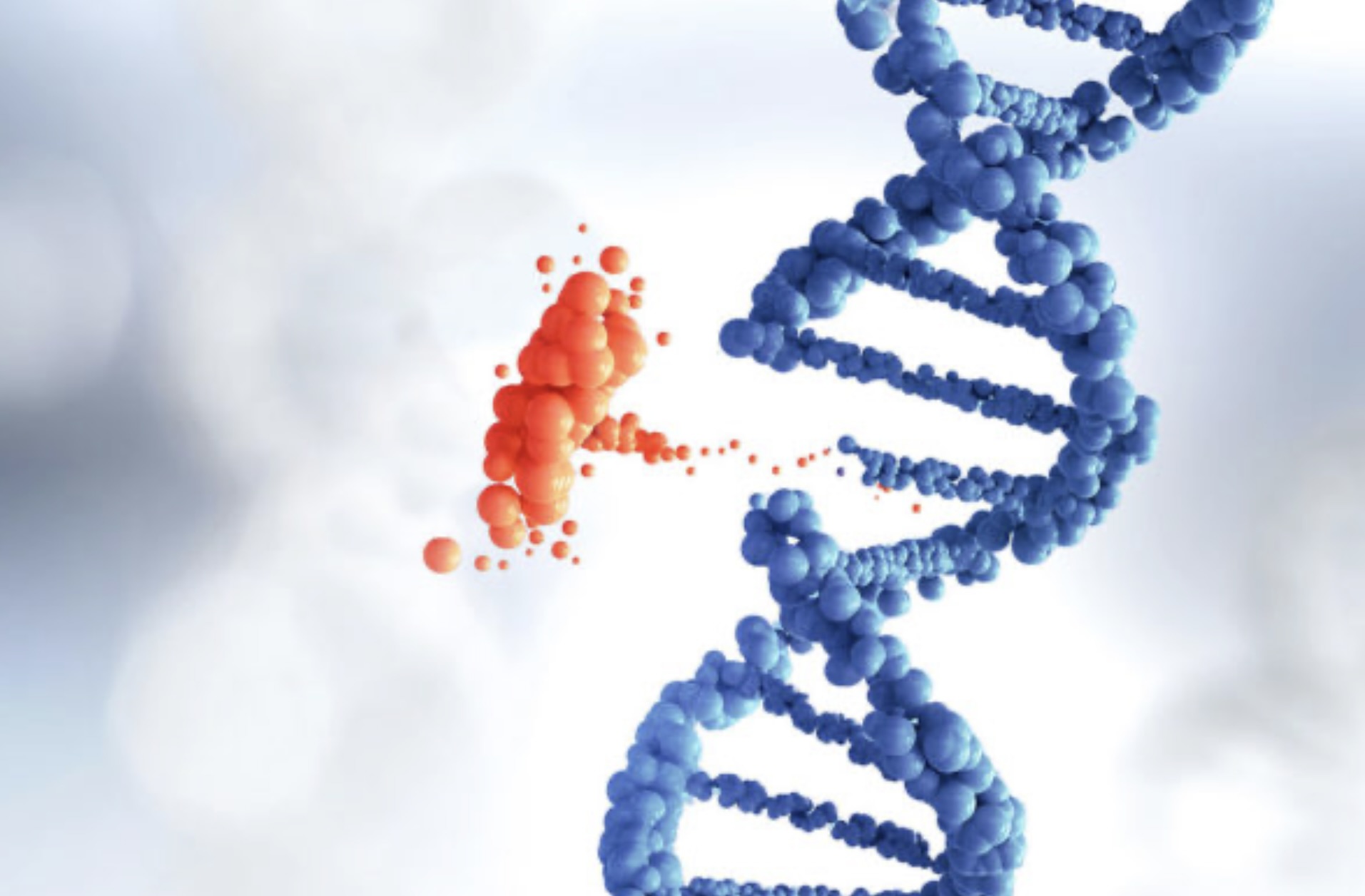Infantile Spinal Muscular Atrophy
What are the symptoms of infantile spinal muscular atrophy?
Infantile spinal muscular atrophy (SMA) is a genetic disorder that affects the motor neurons in the spinal cord, leading to muscle weakness and atrophy. The symptoms of infantile SMA can vary depending on the type and severity of the condition, but common symptoms may include:
- Muscle weakness: Weakness in the muscles of the arms, legs, and trunk is a hallmark symptom of infantile SMA. This weakness may be progressive and can lead to difficulty with movement, sitting, and walking.
- Hypotonia: Infants with SMA may have low muscle tone (hypotonia), which can make them appear floppy or “ragdoll-like.”
- Difficulty breathing: Weakness in the muscles used for breathing can lead to respiratory difficulties, including shortness of breath, rapid breathing, and shallow breathing.
- Difficulty swallowing: Weakness in the muscles used for swallowing can lead to difficulty feeding and swallowing, which may result in aspiration (food or liquid entering the airway).
- Frequent respiratory infections: Weakness in the respiratory muscles can make individuals with SMA more prone to respiratory infections such as pneumonia.
- Delayed motor milestones: Infants with SMA may experience delays in reaching motor milestones such as sitting, crawling, and walking.
- Fasciculations: Twitching or involuntary muscle contractions (fasciculations) may occur in some individuals with SMA.
- Scoliosis: Progressive weakness in the muscles of the spine can lead to curvature of the spine (scoliosis) in some individuals with SMA.
It’s important to note that the symptoms of infantile SMA can vary widely among affected individuals, and not all individuals will experience the same symptoms or severity of symptoms. If you suspect that your child has infantile SMA, it’s important to seek medical attention for proper diagnosis and management.
What are the causes of infantile spinal muscular atrophy?
Infantile spinal muscular atrophy (SMA) is primarily caused by mutations in the survival motor neuron 1 (SMN1) gene, which is located on chromosome 5. These mutations lead to a deficiency of the survival motor neuron (SMN) protein, which is essential for the survival of motor neurons in the spinal cord.
The SMN protein plays a crucial role in the function of motor neurons, which are nerve cells that control muscle movement. Without enough SMN protein, motor neurons degenerate and die, leading to muscle weakness and atrophy characteristic of SMA.
Infantile SMA is inherited in an autosomal recessive pattern, which means that a child must inherit a mutated copy of the SMN1 gene from both parents to develop the condition. If a child inherits one mutated copy of the gene and one normal copy, they will be a carrier of the gene mutation but typically will not show symptoms of the condition.
It’s important to note that there are different types of SMA, including infantile SMA (also known as type 1 SMA) and other forms that may present later in childhood or adulthood. The severity and age of onset of SMA can vary depending on the specific genetic mutation involved.
What is the treatment for infantile spinal muscular atrophy?
Infantile spinal muscular atrophy (SMA) is a genetic disorder for which there is currently no cure. However, there are treatment options available that can help manage symptoms and improve quality of life for individuals with SMA. Treatment for infantile SMA may include:
- Supportive care: This may include physical therapy, occupational therapy, and speech therapy to help maintain muscle strength, improve mobility, and address feeding and swallowing difficulties.
- Respiratory support: Individuals with SMA may require respiratory support to help with breathing. This may include the use of mechanical ventilation (such as a ventilator or BiPAP machine) or cough assist devices to help clear secretions from the lungs.
- Nutritional support: Individuals with SMA may require nutritional support to ensure they receive adequate nutrition. This may include the use of feeding tubes or dietary supplements.
- Medications: There are medications available that can help manage symptoms of SMA and improve quality of life. For example, nusinersen (Spinraza) and onasemnogene abeparvovec-xioi (Zolgensma) are two medications that have been approved for the treatment of SMA.
- Clinical trials: There are ongoing clinical trials investigating new treatments for SMA. Participating in a clinical trial may provide access to new treatments that are not yet widely available.
The specific treatment plan for infantile SMA will depend on the individual’s symptoms, age, and overall health. It’s important for individuals with SMA to work closely with a healthcare team experienced in managing the condition to develop a personalized treatment plan. Early intervention and comprehensive care can help improve outcomes and quality of life for individuals with SMA.




